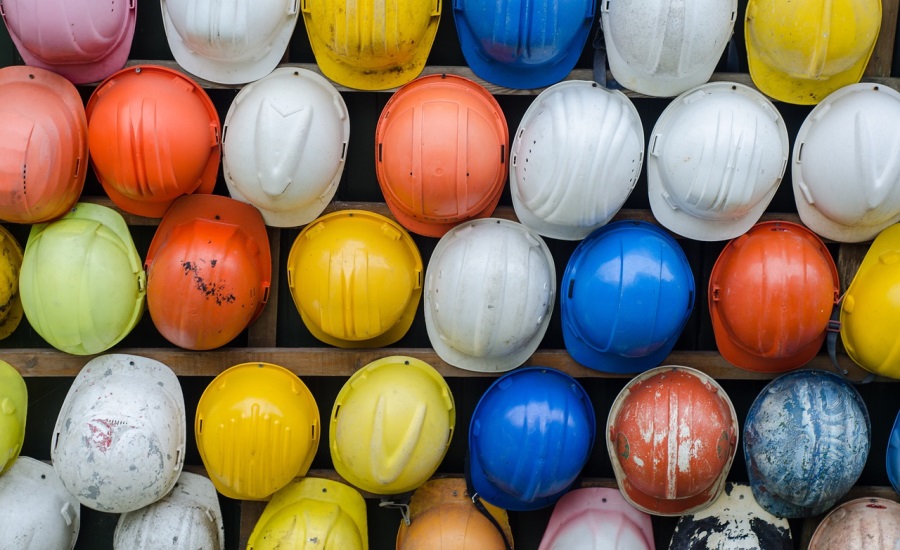Top 10 OSHA Violations in 2015

The Occupational Safety & Health Administration (OSHA) marks its 46th birthday this year. It was created by Congress and President Nixon in 1970, “dedicated to the basic proposition that no worker should have to choose between their life and their job.” Since its inception, OSHA says the organization along with its state partners have reduced work-related deaths and injuries by more than 65 percent.
Fast forward to 2016, and OSHA is a household name. If there’s a question about workplace safety, OSHA likely has the answer.
If you read Michael Pinto’s article, 13 Future Trends in the Restoration Industry, you’ll see he and likely other industry experts expect the Occupational Safety & Health Administration (OSHA) to grow and bureaucracy to worsen in coming years.
“The whole idea of the bureaucracy becoming kinder, friendlier, gentler is not a reality at all,” Pinto said in the article, which summarized his presentation at PLR Expo last November. “There seems to be more of a “gotcha” mentality where agencies make examples of some businesses that make a mistake, rather than fostering growth and learning within businesses and helping them success, while following the rules.”
Whether or not you agree, OSHA certainly does have an impact on workplace safety - either by encouraging good practices or simply scaring employers into submission. Let’s take a look at OSHA’s impact, by the numbers. Then, you can draw your own conclusions, good or bad.
OSHA performed nearly 80,000 inspections during the 2015 fiscal year (Oct. 1, 2014 to Sept. 30, 2015), between its federal offices and state partners. Speaking of which, OSHA has 10 regional offices and 90 local area offices to keep track of the country’s 130 million workers and eight million jobsites.
The 10 most frequently cited OSHA standard violations were:
1. Fall Protection
2. Hazard Communication
3. Scaffolding
4. Respiratory Protection
5. Lockout/Tagout
6. Powered Industrial Truck
7. Ladders
8. Electrical, Wiring Methods
9. Machine Guarding
10. Electrical, General Requirements
Beyond those citations, OSHA has what it calls “Construction’s Fatal Four.” Out of the 4,251 workers killed in the 2014 calendar year, more than one in five worked in construction. These four safety items accounted for more than half the 874 construction-related worker deaths. Any guesses on the fatal four?
1. Falls (349 out of 874 deaths or 39.9%)
2. Electrocutions (74 or 8.5%)
3. Struck by Object (73 or 8.3%)
4. Caught in/Between (12 or 1.4%)
What do you think about the numbers? What does your company do to keep everyone safe? If you want some unique ideas to building a culture of safety through rewards, committees, and working together, check out this great column by Lisa Lavender, the COO of Berks Fire Water Restorations and the Restoration Technical Institute.
Want more great content from Lisa, and other top-notch industry experts throughout the month? Be sure to sign up for our free eNewsletter.
